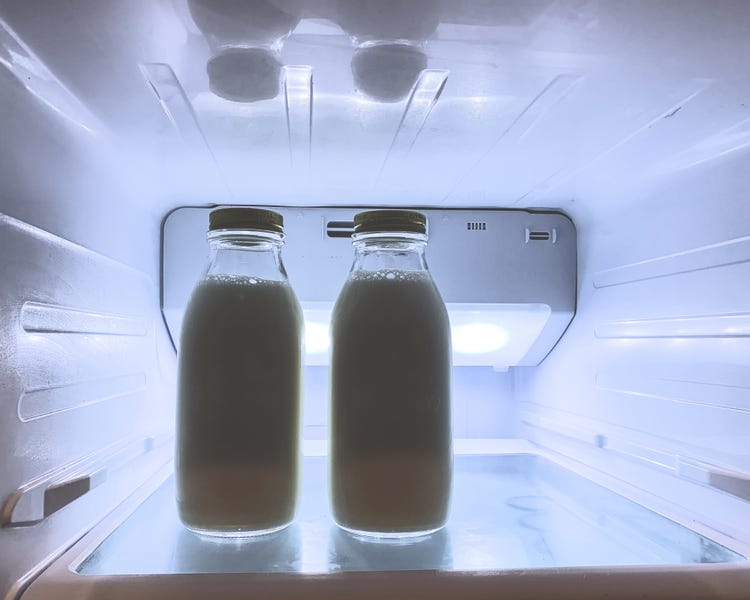NEWS FLASH: Water Not The Most Hydrating Drink, Ice Baths Vs. Strength Training, Diet Report Card

Every week, we’re bringing you a roundup of the latest health and wellness news to hit the wire. This week, we find out what’s more hydrating than water, why ice baths could slow muscle growth, and how the American diet fared on its “report card”.
Milk in your sport bottle?
Chugging water throughout the day is a great way to quench your thirst, but according to a new study from Scotland’s St. Andrew’s University on CNN, plain water isn’t the most hydrating beverage around.
Researchers found that while water – both still and sparkling – does a great job of hydrating the body, beverages with a little bit of sugar, fat or protein keep us hydrated longer.
Why? One of the factors affecting how well a beverage hydrates is related to its nutrient composition. Milk, for instance, was found to be more hydrating than water because it contains the sugar lactose, some protein and fat, all of which slow the emptying of fluid from the stomach, which keeps hydration happening in the body longer. And it has a bit of sodium, which holds onto water in the body, resulting in less urination.
Of course, this is not an excuse to chug soda or juice instead of zero-calorie H2O. While the high sugar content of these drinks might make them spend more time in the stomach, their high concentration of sugar pulls water from the body into the small intestine to dilute the sugars these beverages contain, keeping it from sticking around long enough to hydrate you.
Icy baths might be slowing your swole
It’s a familiar sight in gyms and training rooms; an athlete submerged in an ice bath after a particularly grueling workout. You might even be doing it at home.
But new research, covered by the New York Times, suggests that soaking in icy water after lifting weights can change how muscles respond after a workout and hamper muscle growth more than doing nothing after an intense gym session.
While many believe frigid temps reduce inflammation and soreness, lessening muscle damage and allowing people to return to training sooner so they can bulk up, there have been scientific hints in recent years that this was not the case, the Times said.
New research, published in the Journal of Applied Physiology, tracked the state of the muscles of 16 men after embarking on a strength training regimen. Before and after the first session at the gym, scientists biopsied a muscle in the men’s legs. Then they embarked on a workout program three times a week for seven weeks.
After each session, half the men recovered by sitting quietly in a room at the gym for 15 minutes, the other half eased themselves into a 50-degree Fahrenheit bath for 15 minutes.
After the final workout in the program, the scientists again biopsied the participant’s muscles and rechecked leg strength and body composition. Both groups got stronger and had larger muscle fibers from the seven weeks of lifting, but the increase in fiber size was greater among those who sat while recovering versus the ice bath group.
The difference could be explained by what they found in the tissues. The cold soakers had a different balance of biochemicals in their muscles, in particular, lower levels of a protein known to spark tissue growth and higher amounts of a different protein involved in tissue breakdown.
No “A” on our diet report card
Carbohydrates from refined grains, starchy vegetables, and added sugars make up 42 percent of the typical American’s daily calories, according to a new study published in JAMA and covered by the Boston Globe. While we’ve cut that number by 3 percent since the study’s inception in 1999, it’s still far from healthy, experts say.
Only 9 percent of the carbs Americans consumed were from high-quality whole grains and fruit.
Experts recommend that 45 to 65 percent of a person’s diet be made up of carbs, but they say people should limit those from added sugars and refined grains found in cookies, crackers, and white bread.
During the 18 years of eating covered by the study (1999-2016), US diabetes rates have almost doubled to more than 7 percent, and obesity rates have climbed, with 70 percent of Americans now overweight or obese and heart disease still a leading cause of death.